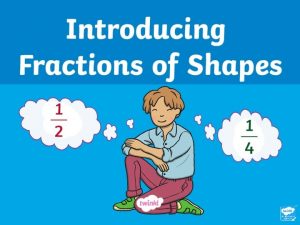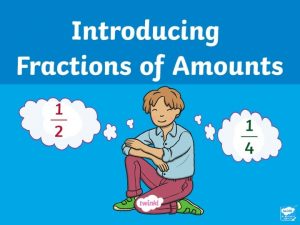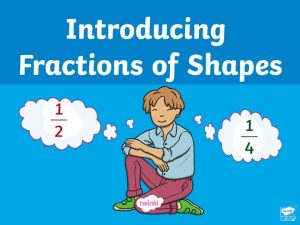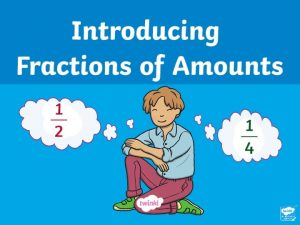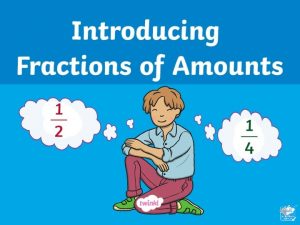Whats Key for Key The KrumhanslSchmuckler Key Finding















- Slides: 15

What’s Key for Key? The Krumhansl-Schmuckler Key. Finding Algorithm Reconsidered David Temperley Presentation by Carley Tanoue Special thanks to Anja Volk for the use of the visualizations

Introduction • Key is an essential aspect of Western Music • Perception of musical elements

Thesis • Important problems with the Krumhansl. Schmuckler algorithm and solutions • Key-profile model can provide an effective approach to key finding • Alternative Solutions • Computational approach – Judgments

The Krumhansl-Schmuckler Key. Finding Algorithm C • Based on Key-Profiles – 24 major and minor keys • Input Vector • Temperley’s Modification – Simplification G D G C C C G g D G Harmo. Rubette Result: used Krumhansl data, Minor: 1. 5, Major: 2

Old Algorithm Tests C g d G • Bach’s Well-Tempered Clavier and Shostakovich’s and Chopin’s preludes a – First four notes – Clear data – Unrealistic e a dg GD G • Series of notes sequences – Runs until the algorithm chooses the correct key and then terminates • Bach’s Prelude no. 2 in C minor – Context taken into account Harmo. Rubette Result: used Krumhansl data, Minor: 2, Major: 2 • Results were promising for improvement

New Algorithm Test • Easy and informal way of testing the algorithm • Judge the key by small segments in isolation • Compare with personal judgments • Context is not concidered • Results: Incorrect on 13 / 40 measures – Correct rate of 67. 5% • Reasons for Errors – analyzing the key-profile values – Counterintuitive values • In minor: Flattened 7 th degree • In major: Leading tone • Dominant 7 th • Minor vs. Major

Modifications • New key-profile values – New problem: Repetitions of notes affect result • Template matching approaches – K-S model • “Weighted-input/Weightedkey” approach – Longuet-Higgins and Steedman’s approach • “Flat-input/Flat-key” approach • Problem: The algorithm has no way of judging passages in which all the pitches present are in more than one scale. – New key-profile: “Flatinput/Weighted key” • Influence of other theoretical work – Fred Lerdahl • Theory of tonal pitch space – David Butler • “Rare-interval” approach

Modulation • Vital part of tonal music (tonicizations) • Problems: – The division of the piece into key sections would allow to infer when the key is changing as well as the “global key” (Timing) – Inertia of a key resolution • Result of the new computational approach program – Parameters: • Change Penalty • Length of segments – Problem: “flat” input profile

Preference Rule System vs. Procedural System • Procedural Systems: – Systems that are more easily described in terms of the procedure they follow rather than the output they produce • Longuet-Higgins and Steedman’s model • Holtzmann’s model • Winograd’s and Maxwell’s Systems for harmonic analysis • Vos and Van Greenen algorithm • Preference Rule Systems (Temperley’s Model) – Systems that consider many possible analysis of a piece or passage, evaluates them by certain criteria and chooses the highest-scoring one – Advantages: • Handling of real-time processing • Creates a numerical score for analysis – Problem: A segment containing more pitch classes will have a higher score

Testing the Model • Input required for the program – A list of notes MIDI file – A list of segments • Parameters: – Key Profiles: Not modified from last modification – Change Penalty: Modified on each test and the best performance value was used • Test #1: – Tested on 48 fugue subjects from Bach’s Well. Tempered Clavier – Results • Test #2: – Tested on 46 excerpts from the Kostka-Payne theory textbook, “Tonal Harmony” by Stefan Kostka and Dorothy Payne – Results

Testing the Model C C G G C G g G Above: Harmo. Rubette: used Temperley data, C Minor: 1. 5, Major: 2 equals to Minor: 2 Major: 2 Upper Right: Temperley’s own results according p. 79/80 Lower Right: Harmo. Rubette: Results with Distance 0. 8 (change of key gets greater penalty) G

Testing the Model • Errors: – Rate of modulation: Modulated too rarely or too often • Solution: Modify the change penalty – Wrong chosen key due to harmony • Solution: Add a preference rule for tonic harmony and a primacy rule or implied tonic harmony – Wrong chosen key due to the French sixth chords • Solution: Program needs inherent information on the conventional tonal implications of French sixth chords – Key-profile refinement • Solution: Computational “hill-climbing” technique or by tallying of pitch classes in pieces for the basis of the keyprofile values

Spelling Distinctions • Categories – Tonal Pitch Classes (TPCs) – Neutral Pitch Classes (NPCs) • NPCs – 12 pitches. Neutral model of pitch classes. • TPCs – Spelling labels of pitch events are an important part of tonal perception • Results of testing with TPC instead of NPC – TCP version attained a score of 87. 4% correct – NPC version attained a score of 83. 8% correct

David Huron and Richard Parncutt: Huron-Parncutt algorithm • The key at each moment in a piece is determined by an input vector of all the pitch events so far in the piece, weighted according to their recency – Half-life curve • Implementation Test: – Kostka-Payne test group – Modificed version of the keyprofile values – Same input format as in the previous tests – Same segments as in the previous tests – NEW: For each segment, a “global input vecor” was generated • Results: – With optimized half-life input • Scored correctly 628. 5 our of 896 segments • Correct rate of 70. 1% • Reasons for disappointing performance – Inability to backtrack – No real defense against rapid modulation

Conclusions • Key-profile model – Is a successful solution to the key-finding problem • Spelling, harmony and the “Primacy” factor appear to play a role in key finding
 Formuö
Formuö Typiska drag för en novell
Typiska drag för en novell Tack för att ni lyssnade bild
Tack för att ni lyssnade bild Ekologiskt fotavtryck
Ekologiskt fotavtryck Varför kallas perioden 1918-1939 för mellankrigstiden
Varför kallas perioden 1918-1939 för mellankrigstiden En lathund för arbete med kontinuitetshantering
En lathund för arbete med kontinuitetshantering Personalliggare bygg undantag
Personalliggare bygg undantag Tidböcker
Tidböcker Sura för anatom
Sura för anatom Vad är densitet
Vad är densitet Datorkunskap för nybörjare
Datorkunskap för nybörjare Boverket ka
Boverket ka Att skriva en debattartikel
Att skriva en debattartikel Delegerande ledarskap
Delegerande ledarskap Nyckelkompetenser för livslångt lärande
Nyckelkompetenser för livslångt lärande Påbyggnader för flakfordon
Påbyggnader för flakfordon



















